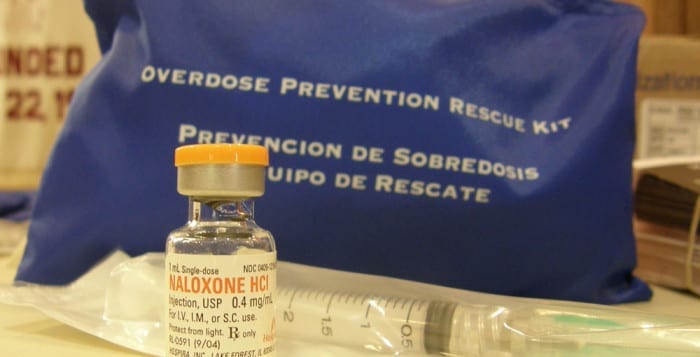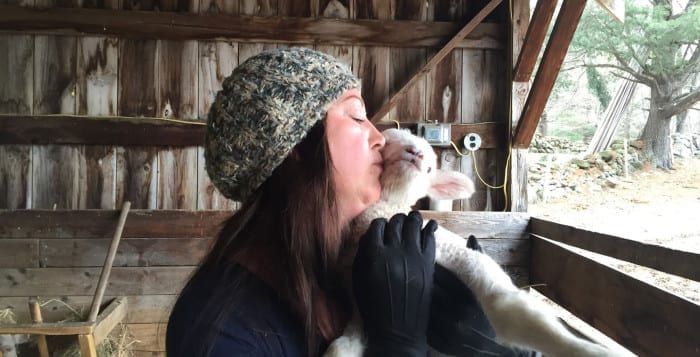When it comes to his commitment to the Setauket Fire District, newly appointed Commissioner Jay Gardiner is all business.
Gardiner, of South Setauket, was appointed to his job with the district back in May to fill the remainder of the term previously held by Thomas Gallagher and said he has stepped up in his efforts to share his name and face with the greater Setauket community as he heads into a re-election bid later this year. Since being named commissioner, he said he has been calling on his more than two decades working with the fire department, including 12 years as a lieutenant, to ensure the district maintains what he describes as a first-class service with a firm financial foundation.
“I want to see this project through,” Gardiner said, citing ongoing projects to upgrade the Setauket Fire Department grounds among other things in the works within the district. “I can lend my business acumen to my community over the five-year term.”
The roughly 28-square-mile Setauket Fire District has spent the better part of the past year discussing ways to improve and upgrade the Setauket Fire Department, and there have been rough renderings circulating throughout the district mulling over ways to do that. Gardiner said he was anticipating construction at the Main Street firehouse to hopefully begin over the next year and be finished by 2018.
“We need the ability to get the right trucks and new equipment in an efficient way,” he said. “I believe I can be an objective eye throughout the process.”
Gardiner was appointed after the Setauket Fire District’s five-member board interviewed three qualified candidates earlier this year to replace the retiring Gallagher. In a statement posted on the Setauket Fire District’s Facebook page, Gardiner was selected based on his strong background in business, emergency response services leadership and education, as well as his many dedicated years of service, having served with the department since 1989. He has also served as president of Gardiner Plastics, an active leader in the plastics industry.
“The business goal is to see continuous quality improvement,” he said. “The fire department gets every tool it needs, and there are new advancements every day. That’s where being able to budget properly comes in. These are the things that will make a difference in the community.”
Since taking on the position in May, Gardiner said the Setauket Fire District’s ability to respond to emergencies has increased over recent months, thanks to the maintenance and upgrading of state-of-the-art equipment and a neighbors-first mentality.
“We believe in community,” he said. “We are part of the community, and the people we are serving are our neighbors and our friends.”
One of his biggest priorities since assuming the commissioner role, Gardiner said, has been working to make sure the greater North Shore community learns more about the quality of services available through the Setauket Fire District. He said he wants the nearly 150-member fire department’s services and practices to be both easily understandable and interactive with the community.
“We’re working on new policies to make the department even more professional,” he said. “We want to look and act like the first-rate service we are.”


















